Village Chushul : Ladakh’s Last Post
GHE Nov 21, 2025
Unified Development Approach for Rural Northeast India
Documenting Social Development Projects

It’s a pretty remarkable transition: I’m standing in a pastoral, rural Indian village above the Papu Valley in Arunachal Pradesh — thatched huts with corrugated tin roofs, smoke from cookfires trickling toward the sky, goats grazing along the dusty road, villagers hammering away at projects; then I turn and take a few steps across a wooden threshold and find myself in a room containing a fully operational ECG monitor, blood pressure gauge, IV dispenser, and vaccine refrigerator, none of which was present the day before. This equipment had been shipped from Delhi to the far reaches of the Indian frontier, installed in an under-equipped rural health center, and powered up via solar energy by Global Himalayan Expedition (GHE). Having been present for the latter two steps of this initiative, I can attest that this is no small endeavor.
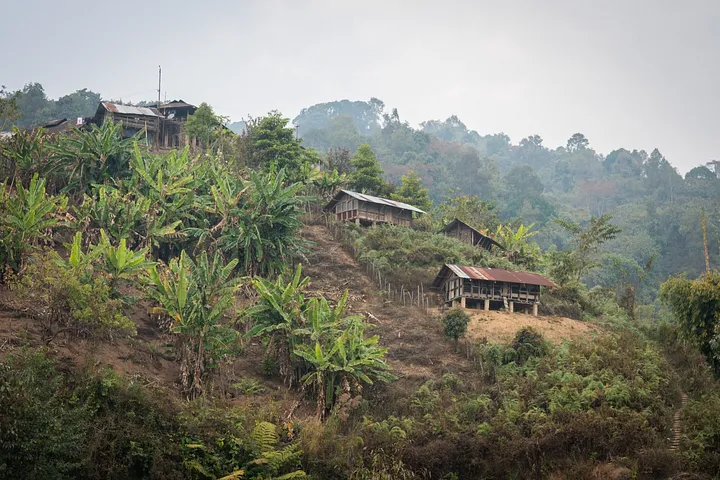
View of the village of Lumdung from the Primary Health Center / all photos are by Matthew Nelson
When I first heard about GHE almost two years ago, I immediately hoped that our paths would cross someday. And fate would have it that one year later, I would be warmly welcomed at the Indira Gandhi International Airport by founder Paras Loomba before an early morning flight to Leh, Ladakh. He and his team had put together a truly remarkable experience for my companions in the Indian Himalayas: visiting monasteries and villages they had electrified, homestays they had helped develop, as well as an expedition into the stunning Hemis National Park. The trip left me wondering how such a small team could be making such a large impact across such vast and remote stretches of India.

A homestay previously electrified by GHE in Ladakh / from an expedition in October 2022 / Matthew Nelson
After that expedition, I decided to stay in India for several more months. Though returning to developed, metropolitan cities felt like a letdown after the rugged Himalayan expanses of Ladakh. And so I jumped at the opportunity to document two projects of GHE in India’s wild Northeast, where I’d get an intimate look behind the curtain at GHE’s operations while living and working closely with the locals. After meeting the GHE team at their headquarters in Tura, Meghalaya, I soon found myself on a train to Dimapur with GHE’s multi-talented Sumit on our way to the first of two schools in rural Nagaland that GHE would upgrade with solar-powered smart classrooms.
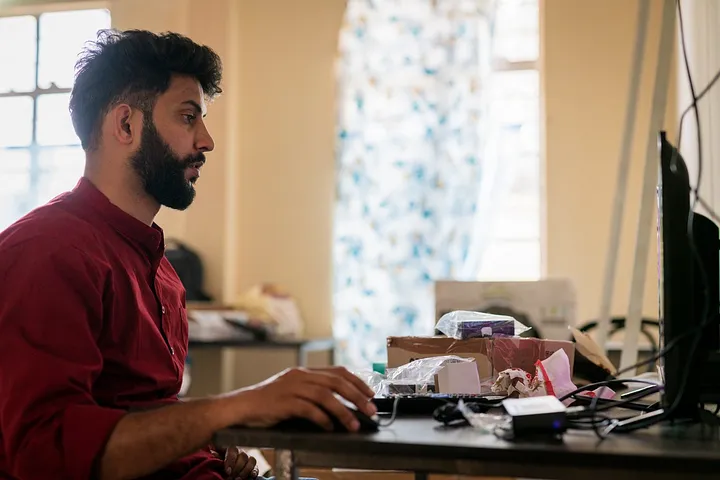
Sumit setting up the digital learning platform in Singrijan Primary School, Nagaland
Our extensive movements through the northeast reveal diverse cultures and lush landscapes: banana trees stretching up entire mountainsides, rice paddies and tea fields, Malabar silk trees shedding their crimson blooms, and the local roadside stalls of the most delicious pineapple I had ever tasted. Footsteps explode from the flimsy tin roof above as engineers Sunil and Abhijeet worked tirelessly on the precarious second-story installation of solar panels while I sipped tea below with the staff and students of Kiruphema primary school.
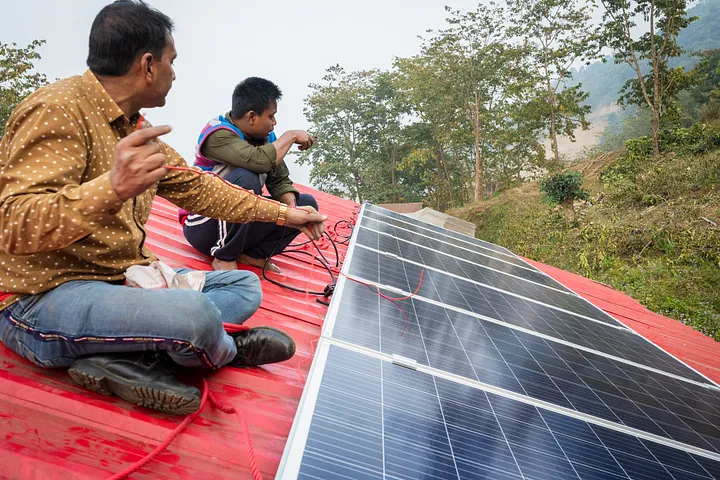
GHE team setting up solar panels on the roof of a school
These “smart classrooms” provided by GHE are powered by solar electricity provided by GHE and are made possible by hand-sized computers manufactured in the UK that run the Android operating system. These are loaded with a digital learning platform tailored to the curriculum of Nagaland’s public schools. Another large TV and tablet are provided to allow teachers to display material or cast videos for the classroom to engage with as well. During the training and demo day, the students are floored by the equipment provided and are soon rolling through the lessons with enthusiasm. While the digital platform is a great start, I would be very interested in seeing what other programs can be installed on the devices for the students: typography training or word processing for instance, as well as in-depth demonstrations for the teachers on how to locate and install such programs.
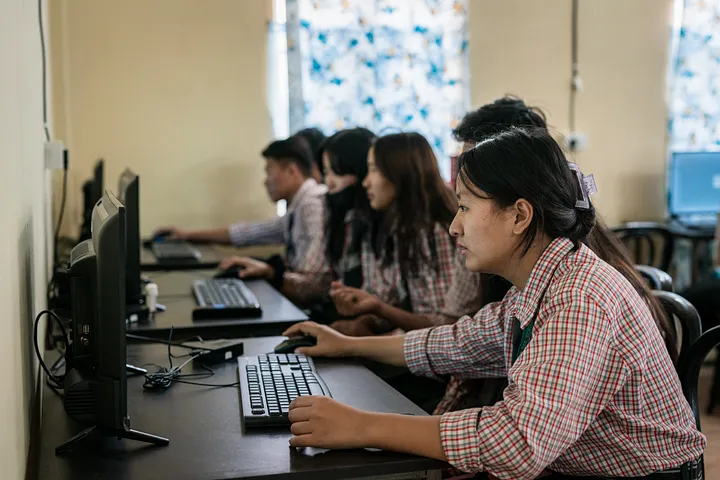
Students trying hands-on on the new computer setups
After completing both school installations, each of which was accompanied by an inauguration program where the staff and students honored us with gifts and performances of local song and dance, I was soon driving with the team through the misty mountains of Arunachal Pradesh, India’s “dawn-lit mountains” This installation is led by GHE’s energetic Mustafizur, who like Sumit, is leading his first large-scale installation. But I would never have guessed it from the way these men carry themselves and handle the myriad of challenges and sensitive situations both logistical and personal. In the village of Lumdung in East Kameng, Mustafizur oversees the installation of solar-powered medical equipment to a largely neglected rural Primary Health Center (PHC).
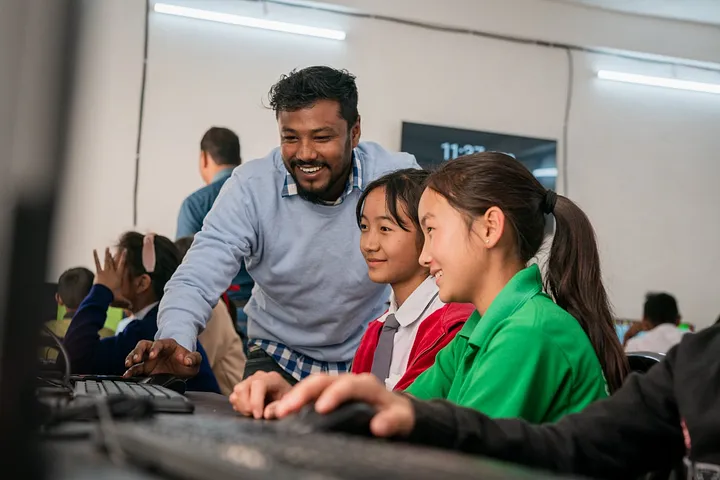
Mustafizur training students on the program at Kiruphema Primary School, Nagaland
One staff member later shared with me that they felt “abandoned” by the government and that they were a bit confused at first as to what we were actually doing there. During the training session, I see all eyes widen at the comprehension of what they will now have access to at the PHC.
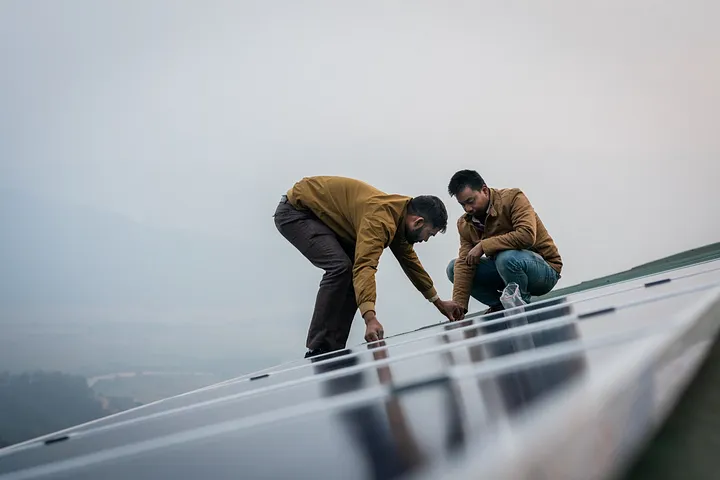
GHE’s engineers installing the solar panels that will power the equipment at Lumdung PHC, East Kameng, Arunachal Pradesh
Naturally, there are vulnerabilities and variables completely outside of the control of GHE. And the biggest is the adoption and maintenance of the assets provided to the locals. The equipment delivered to the PHC at Lumdung has the potential to completely transform the community, but this is only possible if the local government takes ownership of these new capabilities.
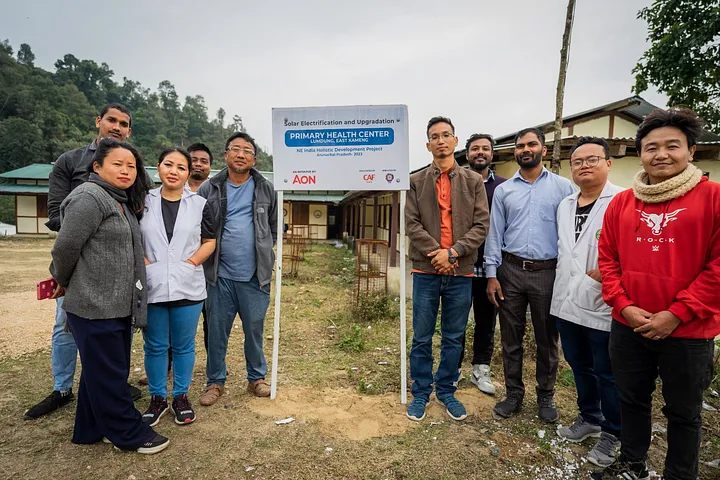
Lumdung PHC, East Kameng, Arunachal Pradesh
In it’s current state, the PHC is vastly understaffed: serving mainly as a pharmacy, and only open for a few hours during the day. So the district will need to invest in additional staff and training at the facility, as well as respond to long-neglected requests from the staff to provide a gate and perimeter wall to the facility, as well as provide accommodation for housing a resident doctor who can be on hand for after-hour emergencies.
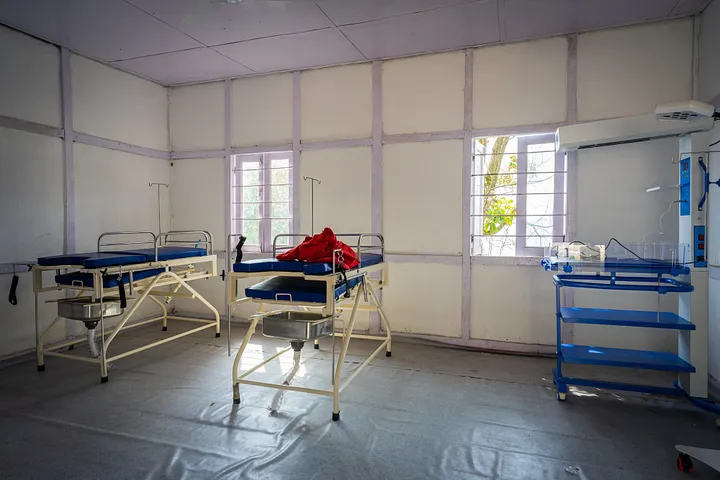
Medical Equipment for deliveries setup in Lumdung PHC
I must add that GHE does extensive survey and screening work to determine whether a potential prospect meets the criteria for partnership as opposed to the status of mere beneficiary. They recognize that there is an important distinction in selecting partners as opposed to giving out gifts without any system of accountability. Nevertheless, the administrative systems in some of these rural communities have a reputation for being ineffectual if not downright neglectful, and only time can tell how these communities will maintain and utilize the tremendous capabilities granted to them.

Kiruphema Primary School, Nagaland
One of the biggest strengths I saw in GHE was their investment and development of human capital. Every member of their team that I have met has without exception shown great kindness, humility, and sincere belief in the mission that GHE carries forward. With the Northeast crew in particular, they live and work together almost as a brotherhood — with nothing but respect and mutual support fostered between these young leaders. Their efficacy as leaders is augmented by the management style and culture lived out by Paras and Jaideep, who empower and trust their staff to make their own decisions in the field, with no sign of the trappings of ego that can easily infiltrate a successful company. This tells me that their mission has both integrity and longevity. With all of the development work they’ve been doing here in the northeast, I’m excited to see them pioneer a foray of tourism into this region for travelers who are both conscious and seeking authenticity in their travels. It has been a privilege to spend so much time with them these past few weeks, and I’m looking forward to seeing the resulting documentary — in which Vishal’s masterful editing will no doubt salvage my truly disastrous initial attempts at cinematography.
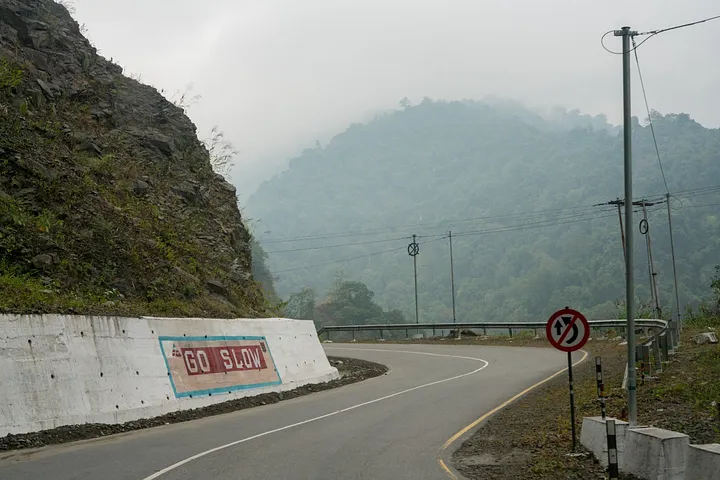
On the road to Seppa, Arunachal Pradesh
You can follow Matthew Nelson’s travel writing on Medium at medium.com/@mearcstapa, as well as on his personal website, www.mearcstapa.com
Latest Blogs
Explore perspectives on the work we do and ways to make an even greater impact together.



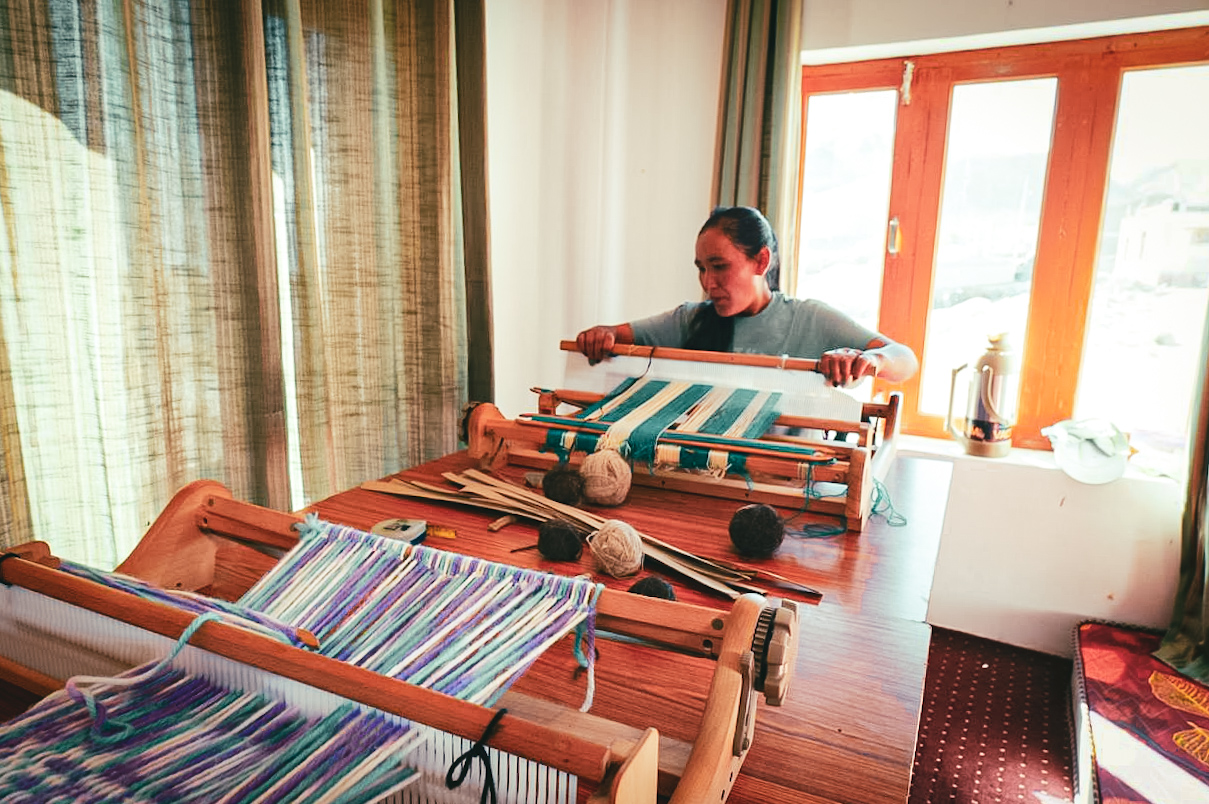
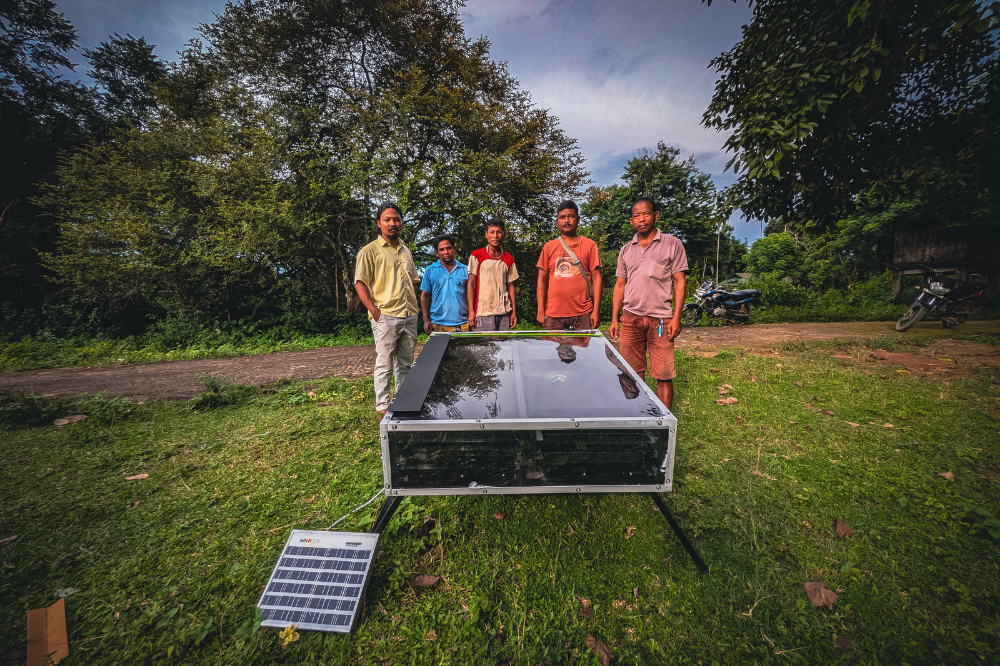


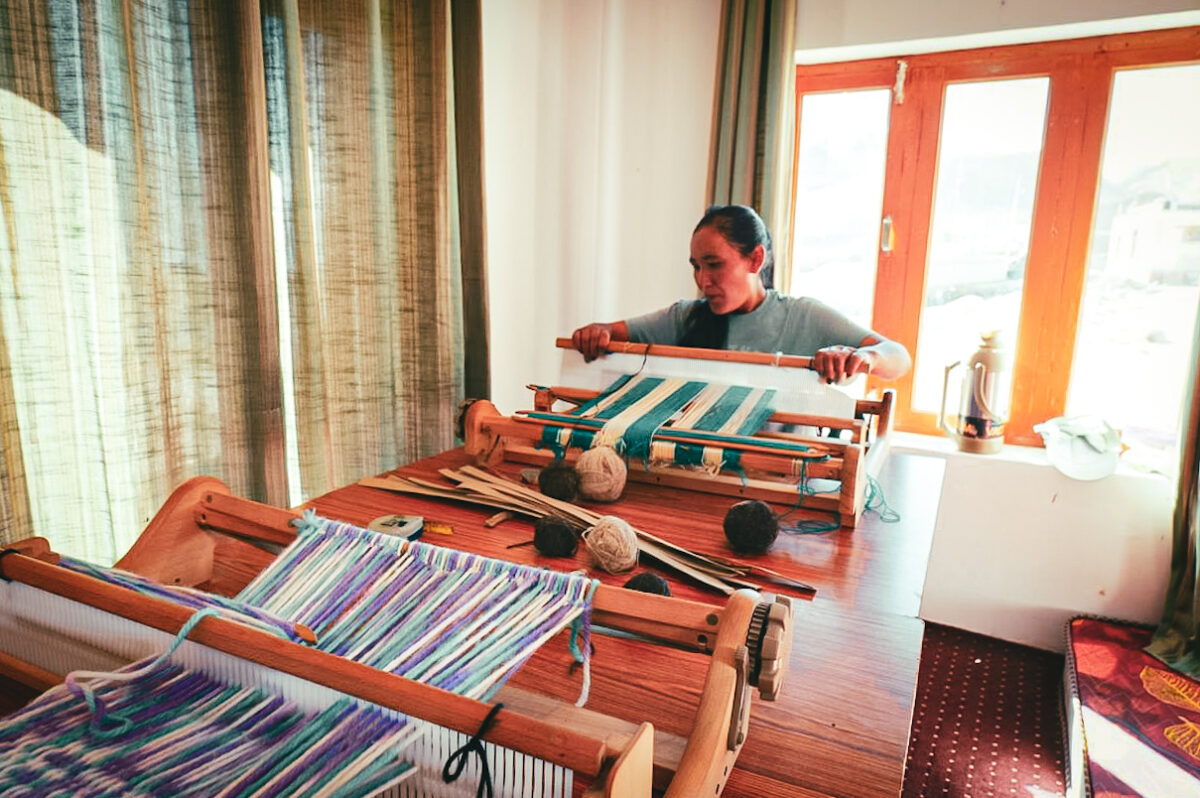



0 Comments